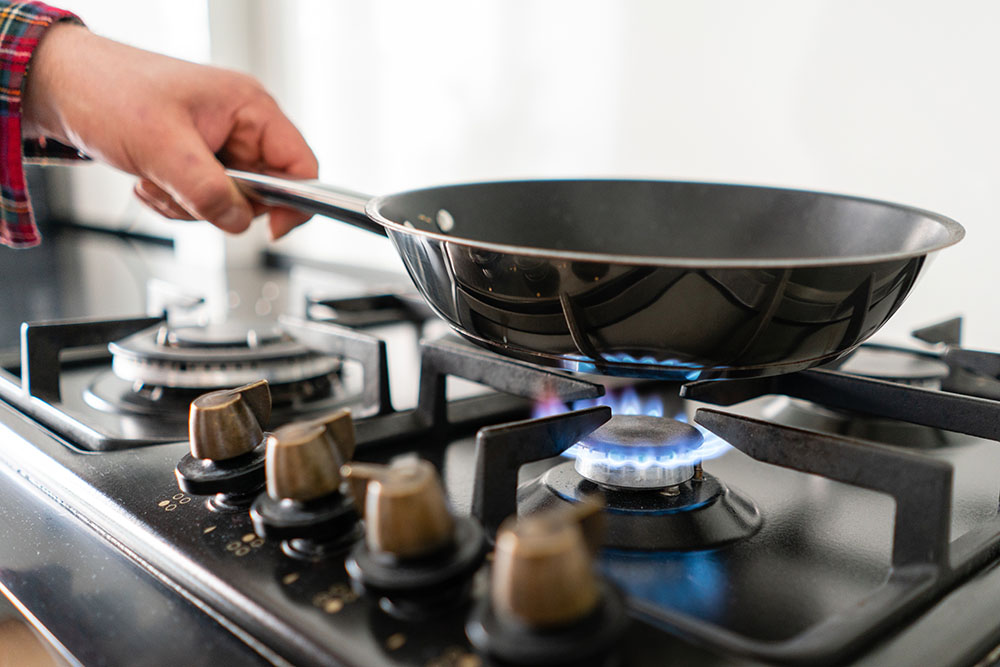
If your current range at home has been working for a very long time and you are hoping to replace it, there are plenty of options out there today. There are a number of modern and stylish choices with drop-in, freestanding, and slide-in configurations. If you are planning to install any of the range types on your own, there are a few tips you should keep in mind so you can get it right.
Prepare the Opening for Installation
Before you install or alter existing countertops and cabinets to fit a new range in, you should always read the manufacturer’s assembly, unpacking, and installation instructions. In addition, do double-check the depth and width of your range by measuring the actual unit. Slide-in and freestanding ranges will always rest on adjustable feet, making it extremely easy to align and level the cooktop with the countertop if needed.
On the other hand, drop-in and slide-in ranges typically need fastening with anti-tilt safety brackets that come together with the unit. While reading through the instructions on the manual, do note the location where the brackets should be positioned and ensure that there is a firm and safe place within the opening to tighten and fasten them to the wall, cabinets, and floor.
Leveling
It is important to ensure that the range is level when you are installing the appliance. All four legs on the range are adjustable, so you will usually be able to adjust the length depending on your model. To adjust the legs, first take out the drawer for storage and look into the frame. You can use either a plier or wrench to turn the legs in a clockwise direction to raise the leg. On the other hand, you should turn the legs in a counter clockwise direction if you want to lower it.
To level a new range, you should set a level across the two burners before adjusting legs. After which, do the same for other burners until all of them are level.
Consider Ventilation First
When designing the kitchen to make the duct installation and application issues simpler, it is important to first consider ventilation requirements. Do keep in mind that ventilation will get rid of the airborne particles to the outdoors. Recirculation filters will capture some particles in the area where you cook, but the moisture and vapors will stay in the house.
Installation Height
Range hoods usually have an ideal installation height above the cooking surface that is recommended. The level that is lowest is usually the distance that the range hood was tested for safety purposes. As for the upper limit, it is a suggestion that will offer satisfactory capture. If the range hood is installed below the lower limit, the hood may be damaged and a reinstallation may be required. On the other hand, installing above the upper limit may lead to a lower capture of smoke. Hence, if you have installed your range hood above the upper limit, you should add 100 CFM for every 3 inches on top of the suggested height, and increase the hood width so that it will extend 6 inches beyond the cooktop.


